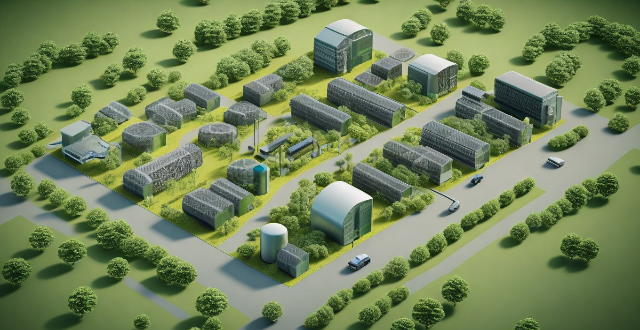Huawei's 5G base stations are more energy-efficient than previous generation equipment due to advanced power management, efficient hardware designs, and the use of smaller cells. They also incorporate green power solutions such as solar power and energy harvesting. The environmental impact is reduced through lower carbon emissions, cooling efficiency, sustainable packaging, and lifecycle assessment practices that prioritize recyclability and longevity.

Energy Efficiency of Huawei's 5G Base Stations Compared to Previous Generation Equipment
Introduction
Huawei, a leading global provider of telecommunications equipment, has been at the forefront of developing and deploying 5G technology. One of the key concerns in the rollout of 5G networks is the energy efficiency of the base stations, as they are critical components in the delivery of high-speed mobile broadband services. In this response, we will explore how energy-efficient Huawei's 5G base stations are compared to previous generation equipment.
Energy Consumption Comparison
4G vs. 5G Base Stations
- Power Consumption: Huawei's 5G base stations have significantly lower power consumption compared to their 4G counterparts. This is achieved through advanced power management techniques and more efficient hardware designs.
- Spectrum Efficiency: 5G technology offers higher spectrum efficiency than 4G, which means that more data can be transmitted using less spectrum resources. This results in reduced energy consumption per bit of data transmitted.
- Network Density: The deployment of 5G networks often involves the use of smaller cells, known as small cells, which require less power than larger macro cells used in 4G networks. This contributes to the overall energy efficiency of Huawei's 5G base stations.
Green Power Solutions
- Solar Power: Huawei's 5G base stations can be powered by solar energy, reducing reliance on grid electricity and further enhancing energy efficiency.
- Energy Harvesting: Some models of Huawei's 5G base stations feature energy harvesting capabilities, allowing them to collect energy from sources such as wind or water movement.
- Intelligent Power Management: Huawei's 5G base stations incorporate intelligent power management systems that optimize energy usage based on traffic loads and environmental conditions.
Environmental Impact Reduction
Carbon Footprint Reduction
- Reduced CO2 Emissions: By consuming less power, Huawei's 5G base stations contribute to a reduction in carbon dioxide emissions associated with the operation of wireless networks.
- Cooling Efficiency: Advanced cooling technologies used in Huawei's 5G base stations reduce the need for energy-intensive air conditioning systems, further lowering their environmental impact.
- Sustainable Packaging: Huawei has also focused on sustainable packaging materials for its 5G base stations, minimizing waste and promoting recycling efforts.
Lifecycle Assessment
- Design for Recycling: Huawei's 5G base station designs consider recyclability, with easy disassembly and separation of materials at the end of their lifecycle.
- Longevity and Upgradability: These base stations are built to last, with modular designs that allow for easy upgrades without replacing entire units, extending their useful lifespan and reducing e-waste.
- Eco-friendly Production Processes: Huawei employs eco-friendly production processes for its 5G base stations, including the use of renewable energy sources in its manufacturing facilities where possible.
Conclusion
In summary, Huawei's 5G base stations demonstrate significant improvements in energy efficiency compared to previous generation equipment. Through innovative power management, hardware optimizations, and an emphasis on environmental responsibility, these base stations not only support the rapid growth of 5G networks but also contribute to a greener future for telecommunications infrastructure.